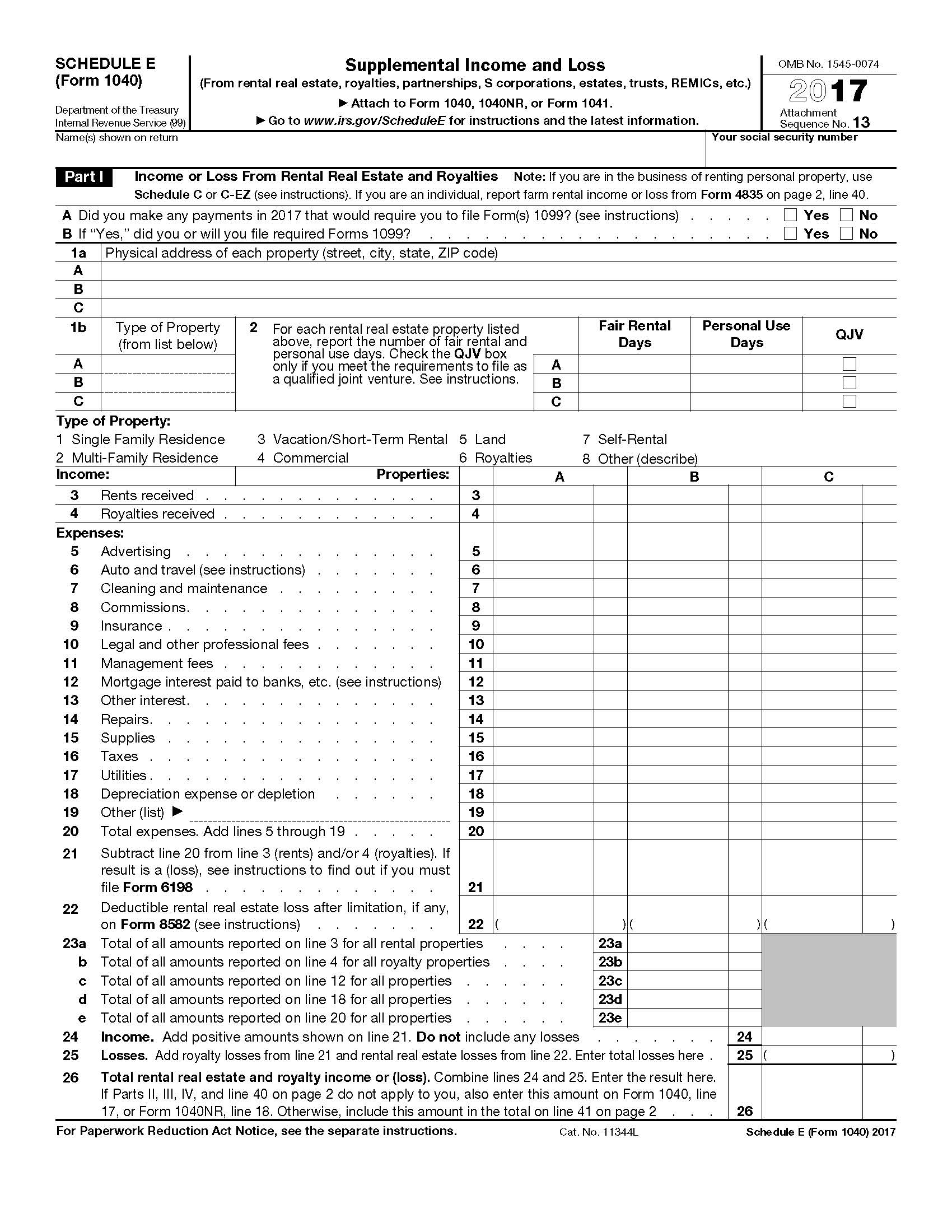


However, these foreign tax credits can only be offset against foreign income. The Australian tax return will not recognise the offset against ordinary income.Īmerican residents living in Australia usually amass a high amount of foreign tax credits over the years in their US tax returns, since the tax rates in Australia are so much higher. In the US you can offset US$3,000 of capital losses against ordinary income, the rest against capital gains. Qualified dividends are assessable income in Australia Organisations who benefit the common good might qualify to distribute qualified dividends. Interest deemed exempt in the US is usually assessable income in Australia The interest on these is often tax-free, hence a popular way to offset your tax liability. US bonds are often issued to finance federal or state infrastructure projects. Returns with well over 100 pages are common. Thanks to all these schedules the US individual tax return can be huge. You will always find the final summary in Form 1040. But the 1040 is the final destination for everything. It is not always 100% one way or the other. Sometimes A, B and C feed directly into the 1040. Sometimes schedules A, B and C will feed into schedules 1, 2 and 3. Everything feeds into the 1040.Īll schedules feed into Form 1040 in some shape or form. So just remember that Form 1040 is the final answer. When you prepare a US individual tax return, you often deal with a large number of schedules which can be confusing. Here is what we learned but please listen in as Seth explains all this much better than we ever could. This is the question we asked Seth Hertz of Expat US Tax in Sydney. But how do you ‘translate’ this form into an Australian tax return? Your US clients will probably give you their US individual Tax Return – also referred to as Form 1040 – which you then build into their Australian tax return. How do you ‘read’ an US individual tax return for Australian tax purposes?


 0 kommentar(er)
0 kommentar(er)
